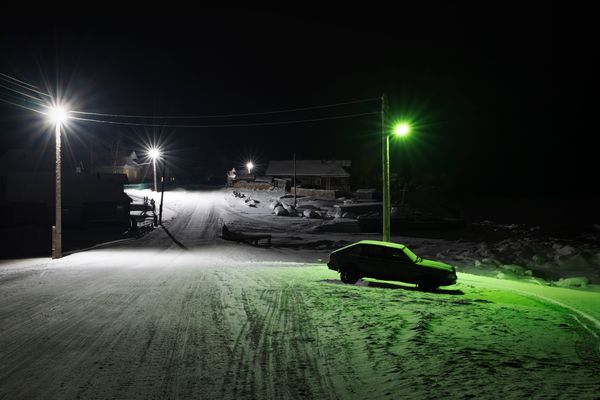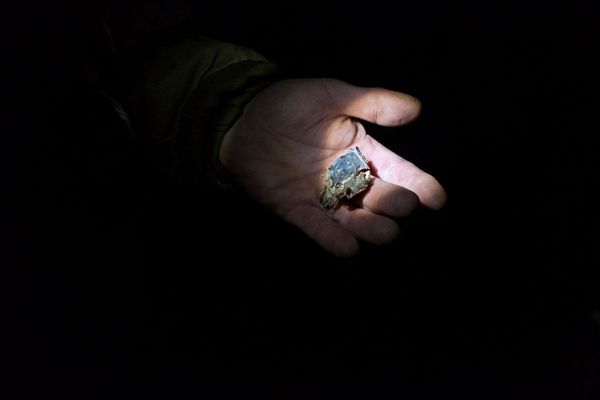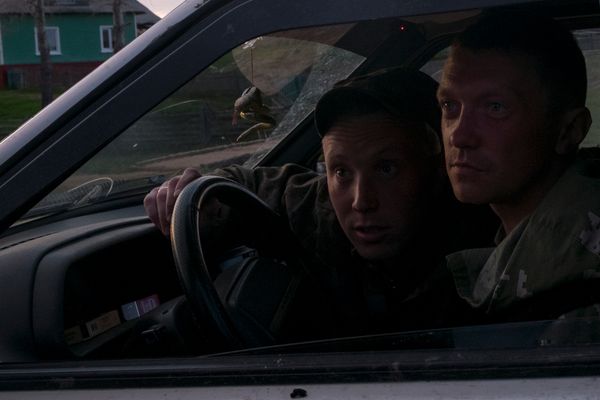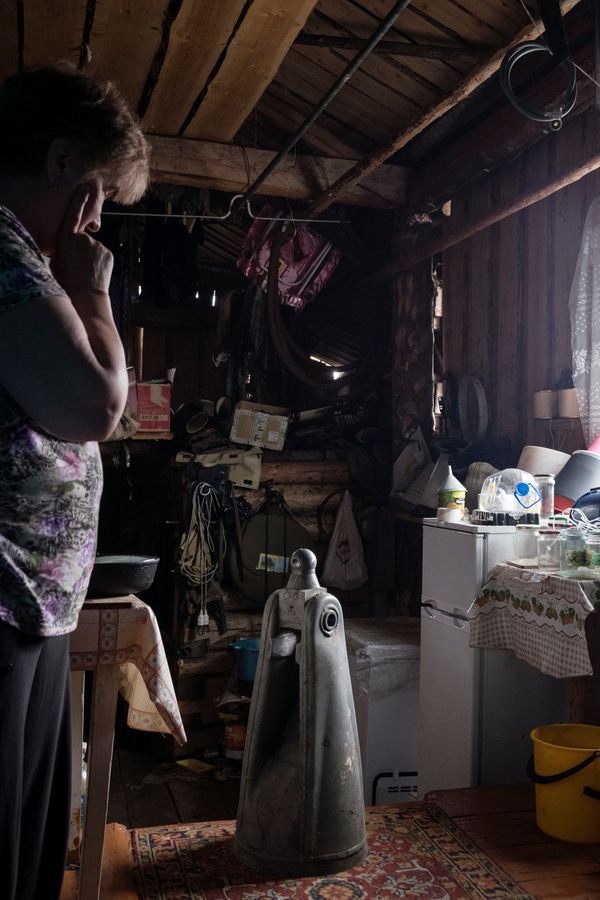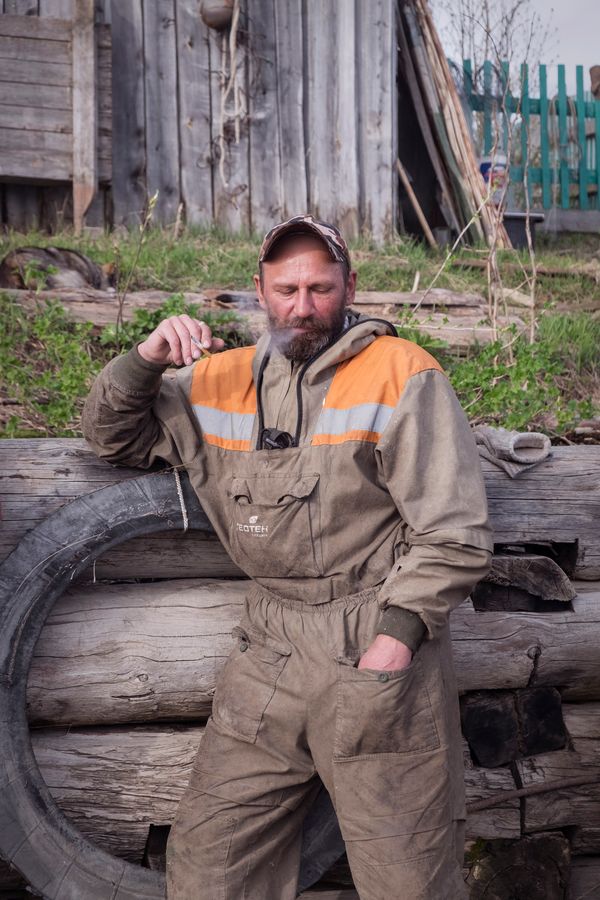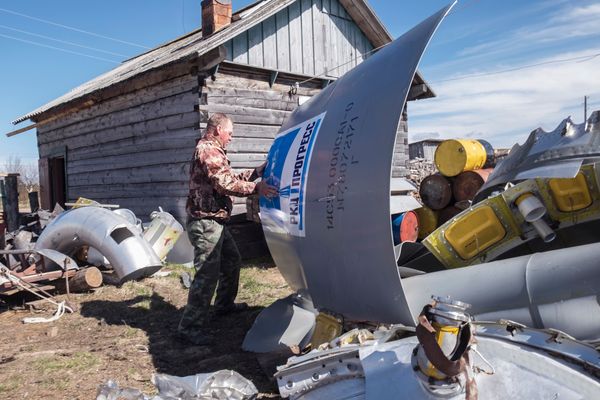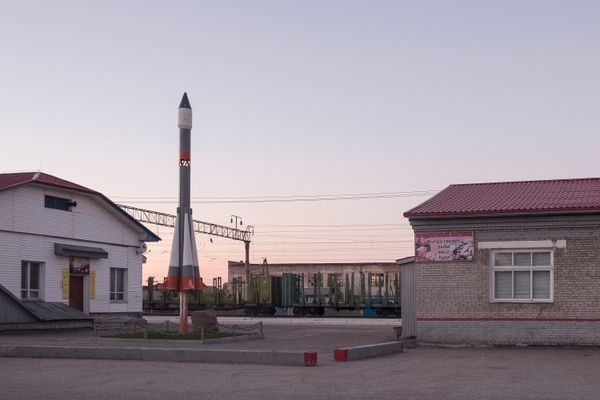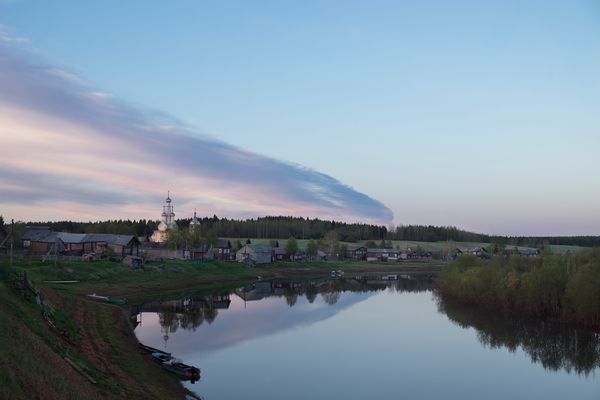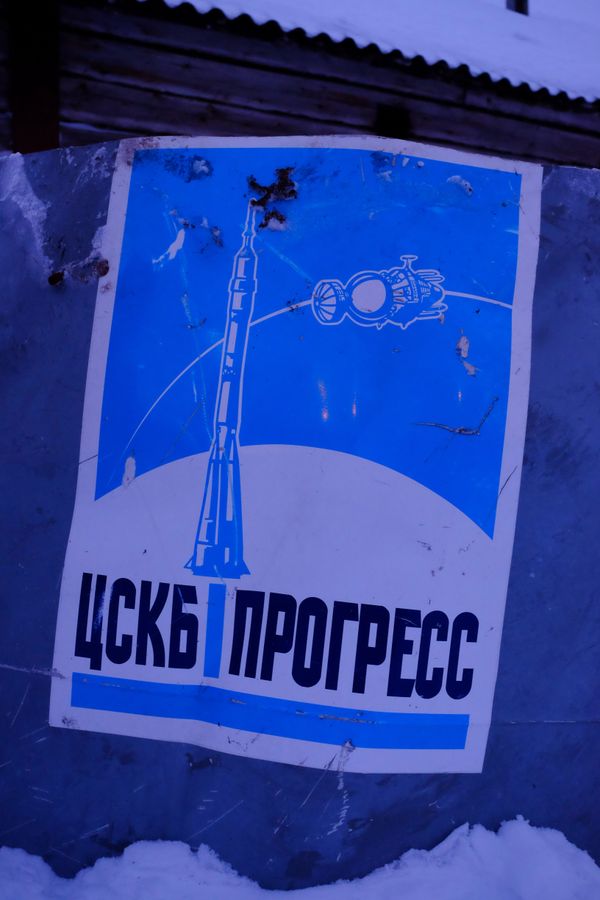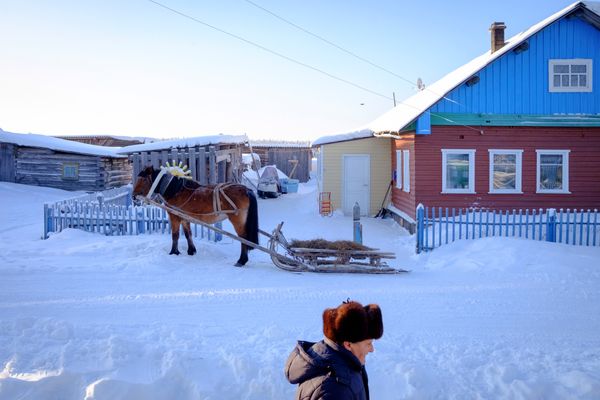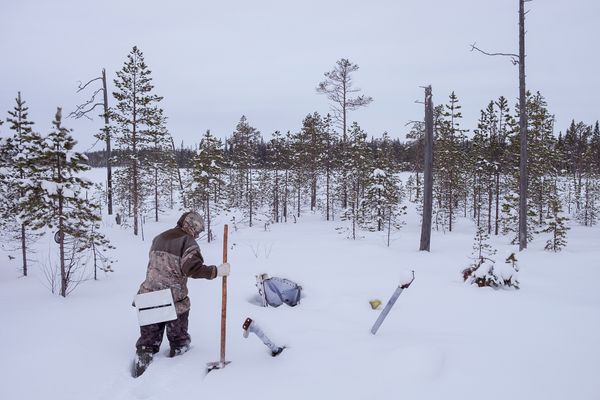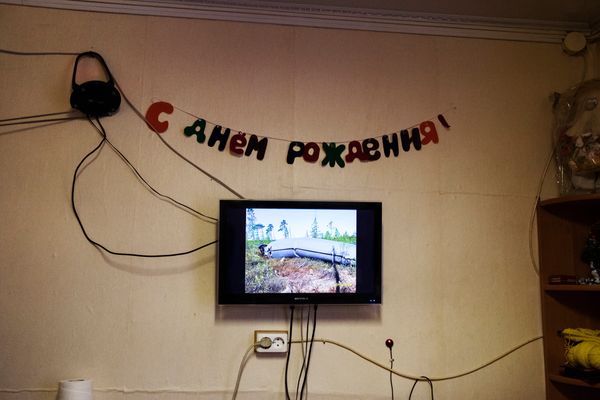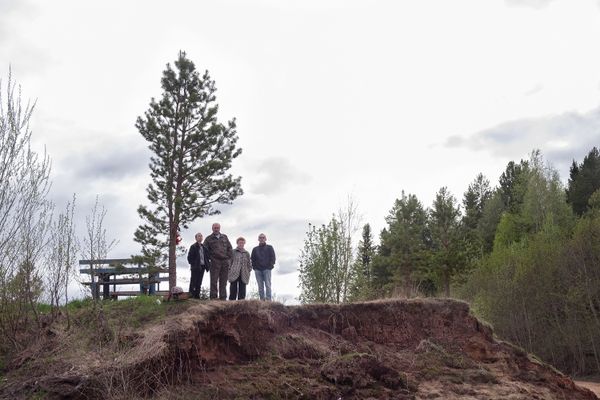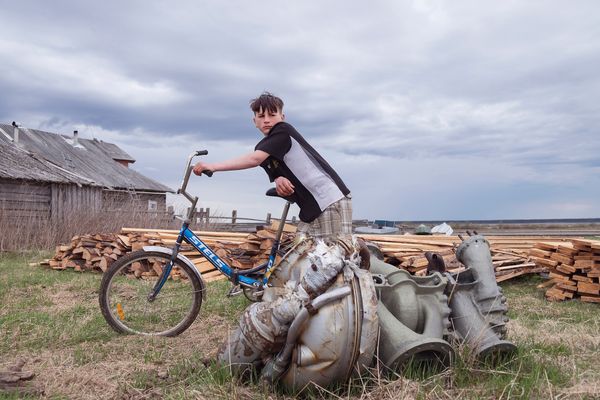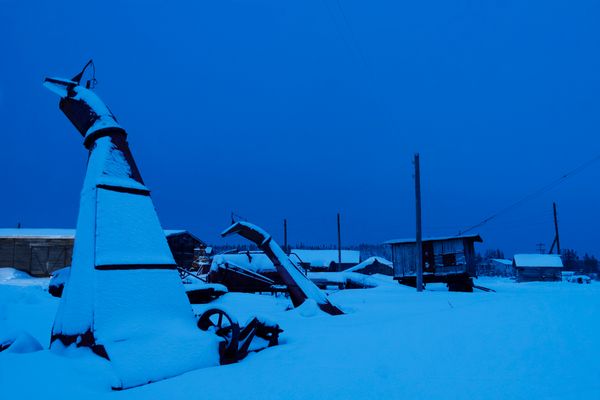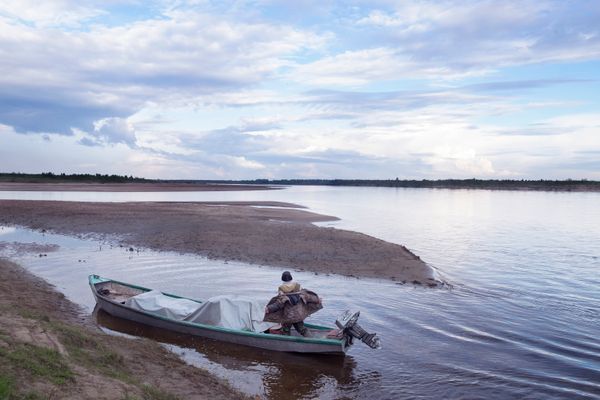Cosmodrome
-
Dates2017 - Ongoing
-
Author
- Topics Daily Life, Documentary
- Location Arkhangelskaya, Russia
On the border with the Arctic Circle. Far North of Russia. 300 km from Arkhangelsk. Inhabitants of this area - who base their own survival on hunting and fishing activities – are used to build sledges and boats with fragments of space rockets, and also sell the other internal metal components.
Restricted military area of Mezen. 300 km from Arkhangelsk and few kilometers from Polar Circle.
In this hostile territory, where environmental and climatic factors make everyday life hard and strenuous, computing errors in the trajectories of satellites from Plesetsk’s Cosmodrome become an unexpected resource. About 1500 km North of the launch base, between forests and tundra, there is a populated area of about ten villages.
Inhabitants of this area, who base their own survival on hunting and fishing, are used to build daily life objects - mostly sledges and boats called “raketa”- with the collected fragments of space rockets. They even make illegal business of the internal components as gold and titanium.
Recovery operations take place during the winter, in which the river beds freeze and makes roads more easily passable with sleds and cars.
Before the collapse of the Soviet Union, the most important space base was Bajkonour, now belonging to the independent Kazakhstan: after the second half of the 90’s, Russia has increased the launches from the Plesetsk base to avoid paying the rent to Kazakhstan. For many years this spaceport was kept secret. Only in 1983 the Cosmodrome was officially mentioned for the first time in the national press of the USSR.
From Plesetsk many of the navigation satellites, the weather satellites, and the majority of the military satellites are launched for a wide range of purposes. Since 1997, more than 1,500 launches took off from this site. At launch, each satellite is supported by four propulsion rockets that, disengaging when it reaches orbit, finally fall on earth: according to the official trajectories, fragments should land in the Arctic regions because poorly populated. In many cases, however, they affect the most populated areas in the South.
A highly toxic chemical compound called Unsimmetrical dimethylhydrazine is used as a propellant. According to the local testimonies, many cases of cancer are occurring in the area.
